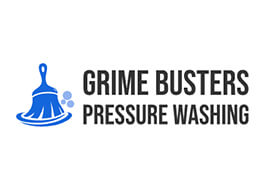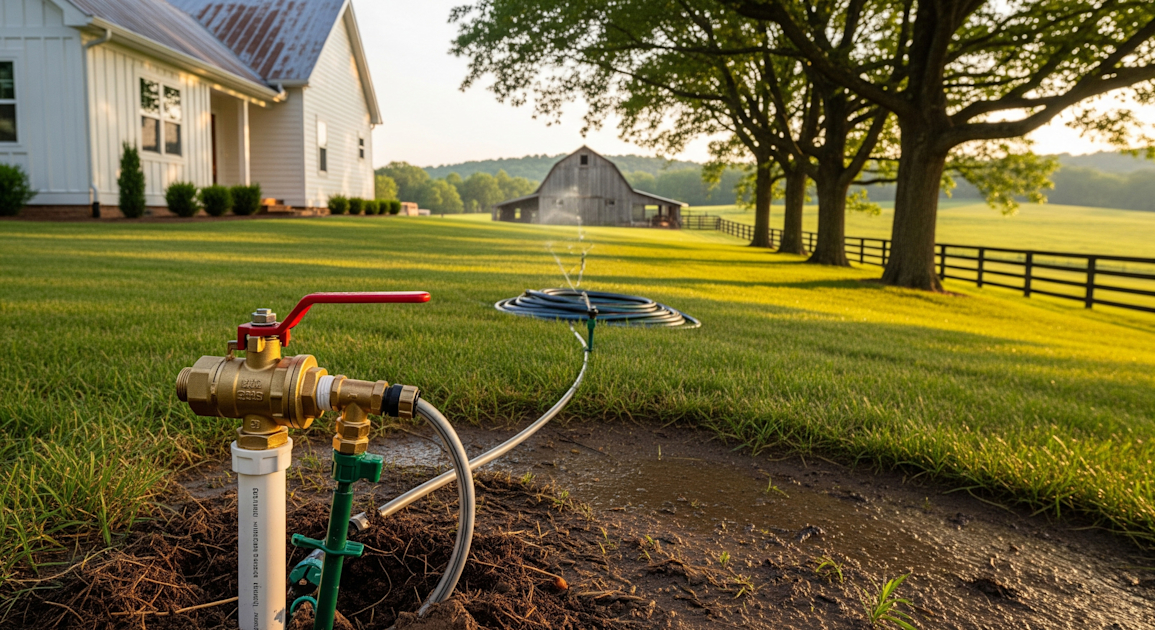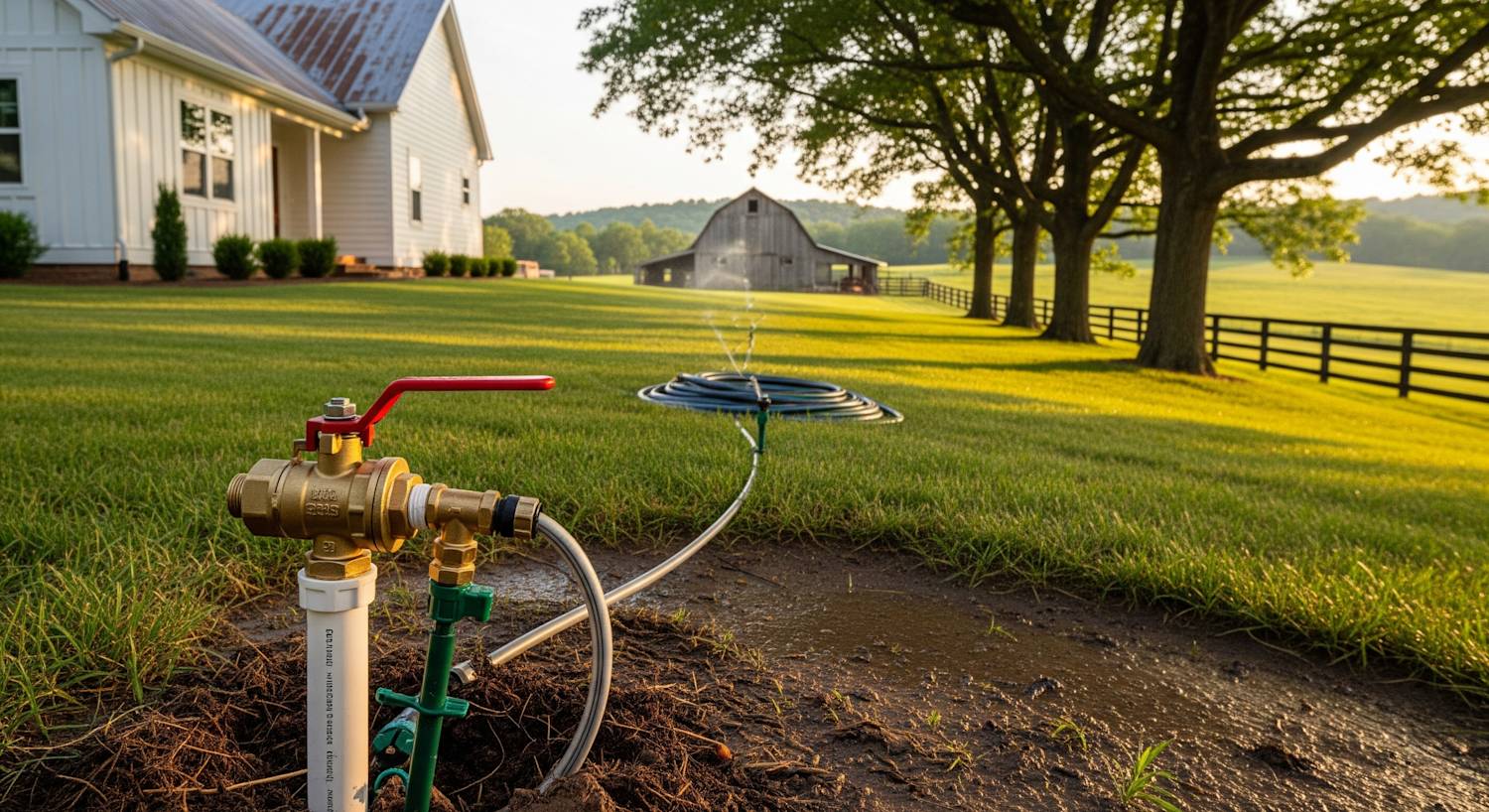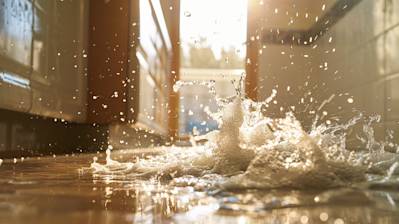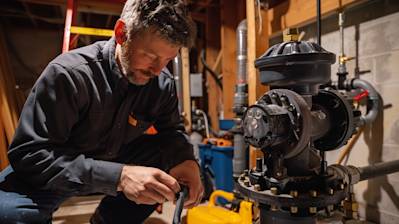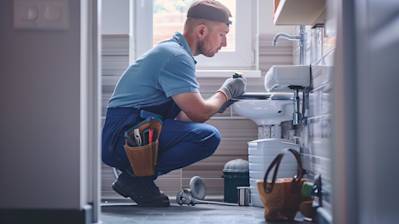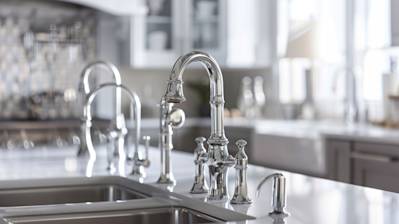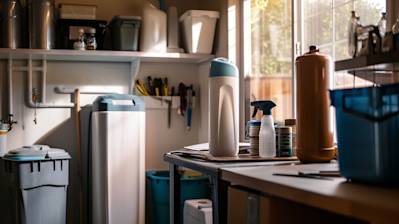Ball valves are an essential component in numerous industrial applications, including gas, oil, chemical, mining, and power generation sectors. Their distinctive features, functionality, robust reliability, and user-friendly operation make them one of the most preferred valve options for industrial plumbing systems.
What is a Ball Valve?
A ball valve is a shut-off valve that uses a ball to control liquid or gas flow. The ball, which has a hole bored through its center, is rotated within the valve to either restrict or permit the flow of fluids. The valve operates through a quarter turn – at a 90-degree angle – making it a user-friendly solution that simplifies operation and control.
Key Components of a Ball Valve
A ball valve is composed of several essential parts:
Ball: This is the main component that determines fluid flow. It contains a hole or port in the middle. A rotation of the ball controls the amount of liquid or gas flowing through the valve.
Body: The body of the valve is usually made of metal, plastic, or metal with a ceramic interior to withstand high temperatures or corrosive materials.
Stem: It attaches the valve handle to the ball, facilitating the rotation of the ball when the handle is turned.
Seat: Made from resilient materials such as Teflon, the seat is crucial in ensuring a tight seal when the valve is closed.
Handle: The handle is mounted on the stem for easy operation and control of the valve.
How Does a Ball Valve Work?
A ball valve operates by rotating the handle to turn the ball inside the valve body. When the ball is turned so that the hole runs in the same direction as the pipeline, it is fully open, and the fluid can flow through freely. When the ball is pivoted 90 degrees, the hole is perpendicular to the flow path, meaning the valve is closed, and the flow is blocked.
The Many Applications of Ball Valves
Ball valves have a broad range of applications across multiple industries. Here are some of their key uses:
Oil and Gas Industry: In this industry, ball valves are used for oil and gas production, pipeline applications, and offshore drilling, among other aspects. They are well-suited for the harsh conditions and high pressures common in these operations.
Chemical Industry: Given their corrosion-resistance, ball valves are commonly used in the chemical industry. They can handle a broad range of acidic and alkaline mediums.
Power Generation: Ball valves are essential in different power generation processes, including nuclear, hydro, and thermal power operations.
Food and Beverage Industry: The sanitary ball valves are widely adopted in the food and beverage industry due to their easy maintenance and cleaning.
Types of Ball Valves
Due to their varying applications, ball valves come in different types, among them:
Full Port Ball Valves: A full port, or full bore, ball valve has an over-sized ball so that the hole in the ball is the same size as the pipeline, resulting in lower friction loss.
Reduced Port Ball Valves: In this valve, the flow through the valve is one pipe size smaller than the valve's pipe size, resulting in flow restriction.
V-Port Ball Valves: These valves have a 'v' shaped ball or seat, allowing for variable control of the flow. This is perfect for applications that require precise flow control.
Trunnion Ball Valves: These valves have additional mechanical anchoring at the top and bottom of the valve, which is suitable for larger and higher pressure service valves.
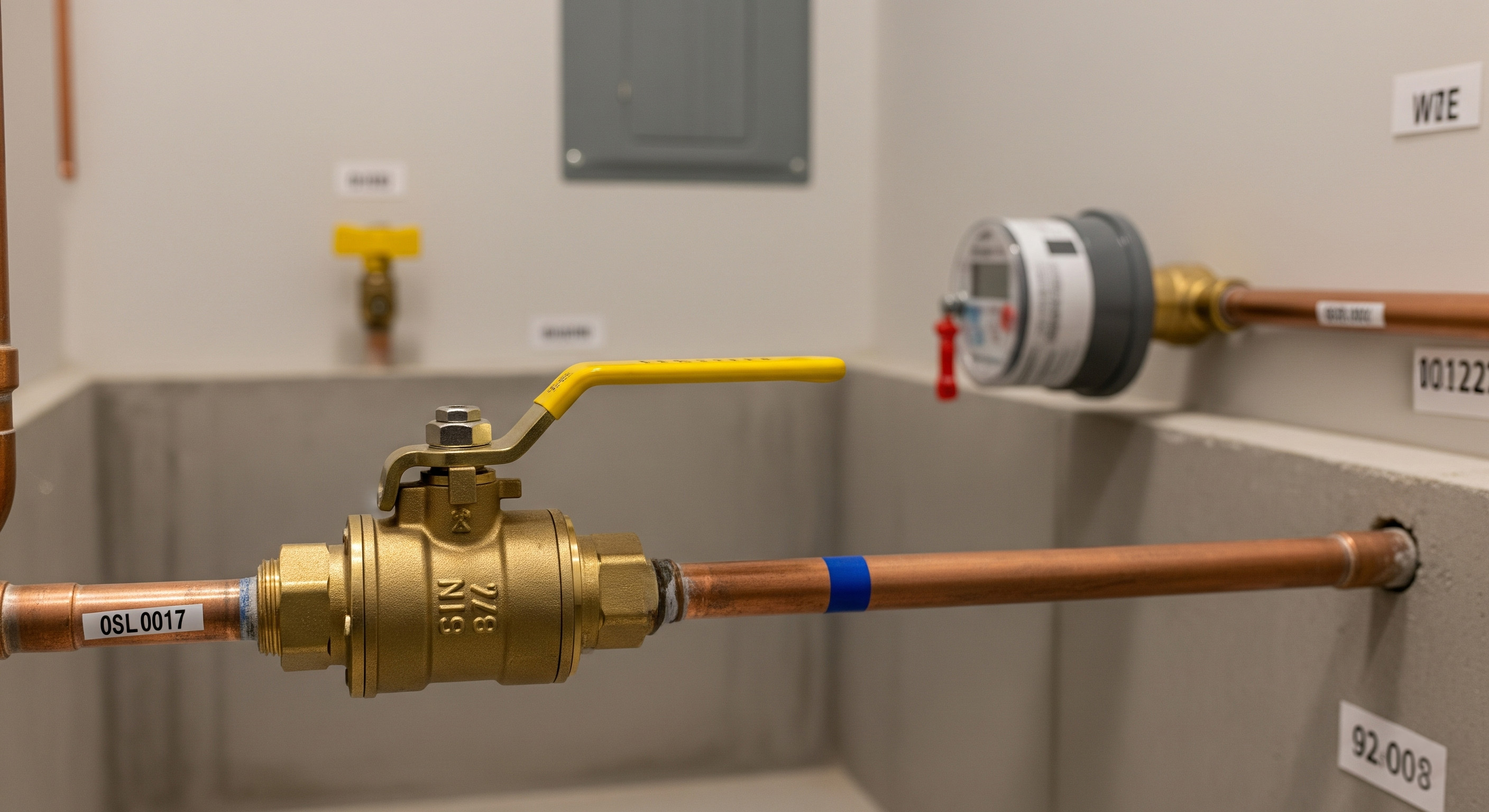
Frequently Asked Questions about Ball Valve
What are the different types of Ball Valves?
Ball valves come in multiple types, including full bore ball valves, reduced bore ball valves, and V-notch ball valves. Full bore ball valves have a ball of the same diameter as the pipe, ensuring a free passageway when open, which reduces pressure loss. Reduced bore ball valves feature a smaller ball, which can help to reduce the valve's size and cost. V-notch variants offer more precise control of flow.
When should I use a Ball Valve?
Ball valves are best used in applications that require a tight shut-off, such as shut-off and control applications within industrial processes. They are great at both high-pressure and high-temperature situations. They're also ideal for situations where quick, quarter-turn operations are needed.
How long can a Ball Valve last?
A high-quality ball valve, when used correctly, can often last up to 15 to 20 years. The longevity of a ball valve greatly depends on factors like materials used, operating conditions, frequency of operation, and maintenance procedures.
Can Ball Valves be used for throttling?
Although ball valves are primarily used for isolation, certain types, known as control ball valves, can be used for throttling. However, it's important to note that throttling can damage the ball valve over extended periods by eroding the sealing elements. Therefore, for thorough long-term throttling, globe valves or similar are often more appropriate.
How do I choose the right Ball Valve?
The right ball valve for your needs will depend on a variety of factors including pressure ratings, temperature ratings, the material being handled, and the needs of the pipeline. It's crucial that the chosen valve can withstand the operating conditions of the application it will be used in.
Can Ball Valves handle high-pressure environments?
Yes, but the ability of a ball valve to handle high-pressure situations fully depends on its design and material composition. High-pressure ball valves are specially designed to be robust and able to handle extreme pressure conditions.
How do I maintain a Ball Valve?
Regular inspection for any leakage and damage is instrumental in ball valve maintenance. Replacements of worn-out parts should be carried out promptly to ensure that the valve continues to function appropriately. Also, lubricating the valve at regular intervals reduces the wear on the moving parts, thus enhancing durability.
Can Ball Valves be used in outdoor applications?
Yes, ball valves can be used in outdoor applications. High-quality ball valves are often manufactured with robust materials resistant to corrosion, rust, and general weather deterioration, making them suitable for outdoor use.
How do I install a Ball Valve?
Most ball valves are designed for easy installation, often requiring a wrench to tighten them into place. It's important to install them in the correct direction following the flow direction symbol typically marked on the body. In some crucial or technical applications, professional help may be required to ensure the correct installation.
Pros of Ball Valves
Durability
Long Life Expectancy
One of the principal advantages of ball valves is their robustness and durability. This type of valve is known to have a much longer lifespan compared to other types of valves due to the simplicity of its design. This means that once you invest in a ball valve, you can expect it to serve you efficiently for an extended period of time.
Efficiency
Fast Operation
Ball valves are designed in a way that allows for quick operation. Unlike other types of valves that require multiple turns to completely open or close, ball valves entail a simple quarter-turn operation. This makes them an excellent choice for operations where speed is a critical factor.
Low Maintenance Requirement
With a straightforward design and fewer internal parts, ball valves have low maintenance requirements, making them an attractive option for many users. There's no need for frequent calibration, repair, or replacement, contributing to overall cost-efficiencies.
Versatility
Wide Range of Applications
Ball valves are versatile in terms of the range of applications they can serve. They are used in a variety of industries such as oil and gas, chemical and petrochemical industries, processing plants, and in home plumbing systems.
Variety of Media
Another aspect of the versatility of ball valves is that they can handle a wide range of media including liquids, gases, slurries, and some solid substances. This increases their usability across a broad selection of industries and applications.
Cons of Ball Valves
Limitations
Limited Throttling Capabilities
One of the limitations of ball valves is that they do not have good throttling capabilities. They are not designed to control the flow rate, and partial opening can lead to seat damage due to the high velocity of fluid or gas passing through a partly opened valve. Therefore, they are best used in systems that require full opening or closing.
Cost
High Initial Cost
While ball valves have low maintenance costs, they come with a higher initial cost compared to other types of valves. This could make them less appealing to some users, especially those on a tight budget or those that do not require the high level of performance that ball valves provide.
Large Size
Requires More Space
Compared to other types of valves, ball valves are usually larger and require more space for installation. This could be a disadvantage in situations where space is at a premium or where the piping or tubing system is rather compact.
Performance
Inability to Withstand Extreme Temperatures
While the ball valve can handle a broad range of operational temperatures, it is not designed to withstand extreme temperatures. For this reason, ball valves may not be the best choice for applications that require operation under extremely high or low operational temperatures.
Myths and Misconceptions About Ball Valves
Ball valves, commonly used in a variety of industries for their durability and ease of operation, are often subject to many myths and misconceptions. These misunderstandings can lead to misuse, poor maintenance, and even a reduced lifespan of the valve. It's important to debunk these misconceptions to encourage proper usage and to promote a better understanding of ball valve functionality.
Ball Valves are Leak-Proof
One of the most prevailing misconceptions about ball valves is that they are completely leak-proof. While ball valves do possess excellent sealing abilities compared to other types of valves, no valve is 100% leak-proof. All valves are subject to wear and tear over time, which increases the chances of leaks. Regular maintenance and replacing parts like seals and packings are still necessary to maintain optimal performance and longevity.
All Ball Valves are the Same
Many people falsely believe that all ball valves are the same. The fact is, ball valves come in a variety of styles, sizes, and materials suited for different applications. There are full port, reduced port, and V-port ball valves, offering different levels of flow control. Stainless steel, brass, and PVC are just some of the materials used in making ball valves, each with their unique properties. Choosing the right type and material of a ball valve is crucial to cater to specific system requirements and to ensure long-term, efficient performance.
The Bigger, the Better
There is a common misconception that larger ball valves are always better. This is not always the case. The size of the ball valve should be chosen based on the pipe size and the flow rate requirements of the system. Installing a valve that is too big for the pipe can cause problems such as water hammer and can also be more costly. It's essential to calculate the proper valve size for any given application.
Maximum PSI Rating Equals Actual Working Pressure
Many people think that a ball valve's maximum PSI (pounds per square inch) rating is its regular working pressure. This is a potentially dangerous misconception. The PSI rating is the maximum pressure the valve can withstand without risking failure or damage. The actual working pressure should always be significantly lower than the maximum PSI rating to provide a safety margin and to extend the valve's service life.
Ball Valves Don't Need Maintenance
Another misconception is the belief that ball valves require no maintenance. While they are more durable and require less maintenance than other valve types, they are not maintenance-free. Ball valves need regular inspections to detect early signs of wear and tear. Lubrication of moving parts, replacement of worn-out seals, and the occasional cleaning are critical steps in maintaining ball valve efficiency and longevity.
Ball Valves are Suitable for All Applications
Though ball valves are versatile, it's a myth that they are suitable for all applications. Ball valves are ideal for on-off, high-pressure applications, but they are not the best for situations requiring precise flow control. Factors such as temperature, pressure, corrosive potential of the fluid, and frequency of operation should all be considered when choosing a valve type.
Ball Valve Orientation Doesn't Matter
The orientation of ball valves is thought to have no impact on its operation, which is not true. Some types of ball valves, like trunnion mounted ball valves, perform better in specific orientations. Wrong orientation can affect the efficiency of the ball valve and shorten its lifespan. Therefore it is necessary to consider the ideal orientation during installation.
These are some of the most widespread myths and misconceptions about ball valves. Dispelling these myths is necessary to ensure proper selection, use, and maintenance of ball valves, leading to improved efficiency, safety, and a longer service life.
Summary
So, you see, ball valves are pretty crucial when it comes to managing fluid control systems. Not only do they offer unhindered flow but they also require low maintenance, which makes them a popular choice in many industries. Let's not forget their impressive durability, these valves can stand the test of time even in the harshest conditions.
Understanding ball valves can also make a big difference in personal projects. For example, if you're tinkering around in the garage, or installing a new washer in your home. Knowing how and when to employ a ball valve gives you a considerable advantage, and can save you time, energy, and even money in the long run.
So next time you see a ball valve, don't just pass it by. Take a moment to appreciate the pure engineering marvel that it is. It's things like these that keep our world running smoothly, quite literally. From plumbing to petrochemical applications, the humble ball valve holds a place of prominence in our everyday lives.
About KYPD Plumbing
KYPD Plumbing is a premier plumbing service located in the heart of Lexington, KY. We are a team of experienced professionals dedicated to solving all your plumbing troubles, may they be residential, commercial, minor, or major. For several years, KYPD Plumbing has been serving the local community with top-notch service, demonstrating our commitment to quality, integrity, and excellent customer service. We believe in offering reliable and affordable plumbing solutions while adhering to the highest standard of professionalism. Whether it's a leaky faucet or a complete plumbing overhaul, KYPD Plumbing is always ready to deliver expert service with a friendly smile.
Tags: valve, plumbing, industrial,
